#ElectricCars
Abandoned History: The Apple Electric Car Project, Rest in Peace (2014-2024)
After a decade-long project that saw changes in approach, multiple delays, staff changes, planning and replanning, and conflicting reports, Apple’s Titan autonomous electric car project is dead. The company made an internal announcement on February 27th, 2024 which leaked to the press immediately via several Apple employees. The project’s cancellation created our most recent Abandoned History subject matter to date. Let’s start at the beginning, in 2014.
2024 Polestar 2 Dual Motor Review - Not A Smart Time To Be Sexy Anyway
Like it or not, electric vehicles are part of our world today. While I shall never tire of the sweet sounds and scents of internal combustion, a number of forces are converging to make it entirely possible that we shall see the end of the traditional gasoline engine as we know it within our foreseeable lifetimes. We may grasp onto our fuel pumps with our cold, dead hands, but for those who appreciate buying and driving new cars somewhat regularly, we need to get on board with the alternatives.
Abandoned History: The 2014 VIA VTRUX Pickup, a Forgotten Silverado
Meet the Boomers Trying to Scupper 2,500 Jobs in Rural Michigan
“We don’t need jobs,” said Fred Chapman, a 62-year-old toolmaker, when interviewed by Reuters about a new battery factory Ford wants to build near Marshall, Michigan. “I know what lithium is – it’s a very volatile element,” added Glenn Kowalske, a retired engineer who, according to LinkedIn, earned his degree in the 1970s.
Plugged Up: GM to Adopt Tesla Charging Standard
It was only a few short days ago we brought you news of Ford announcing it will be granting its EVs the capability of hoovering electricity from Tesla-branded charging stations. If that news gave you whiplash, last night’s announcement of a similar move from General Motors will surely put yer back out.
Charge It: Rivian to Build Up Charging Network, Open to Public
Ask anyone who’s been behind the wheel of an electric vehicle lately about the state of public charging facilities and you’re likely to get an earful about broken facilities and wonky payment systems. Say what you like about Tesla (and we often do) but their original tack of building out a huge charging network ahead of dumping millions of EVs on America’s roads was the right call.
VinFast Lets Go Staff, Merges North American Operations
Building on yesterday’s report from Chris about hiccups in VinFast delivery, we bring news that the fledgling automaker is laying off numerous employees whilst also folding Canadian operations into its American business. Its chief financial officer also apparently flew the coop.
Tesla Drops Prices, Potentially Ramps Fleet Sales to Rentals
There’s never any shortage of topics to discuss about Tesla – whether it’s nattering about Musk’s behavior, the company stock price, or its hands-off driving aids allegedly causing a pile-up on a busy motorway.
This morning, a pundit tweeted they saw beaucoup de Tesla sitting idle at a Hertz location, suggesting the company may be stuffing rental channels in a bid to inflate sales. In quick succession, it then became clear that Tesla has slashed prices on all its models – big time.
Several New Nvidia Partnerships Announced at CES
Nvidia is a familiar name to gamers worldwide, but it’s increasingly becoming a common sight in the automotive industry. At this year’s Consumer Electronics Show, the company announced partnerships with significant suppliers and automakers.
Report: Middle America Just Isn’t Having EVs
Depending upon where you live, battery electric vehicles are either gradually becoming commonplace or rarer than a two-dollar gallon of gasoline. A new study from S&P Global has helped illustrate the current regional phenomenon, with an accompanying report that suggests it won’t be lasting forever due to the industry pivoting to build more mainstream EVs while the United States expands its charging network.
EPA Considering Tougher Emission Rules for Big Trucks
The U.S. Environmental Protection Agency (EPA) will reportedly consider adopting new emissions rules for large trucks after Congress passed fresh incentives designed to accelerate the national adoption of zero-emission vehicles.
Faraday Future FF 91 Fancily Flails for Journalists at Monterey
Faraday Future was keen to show off its EV crossover during high-profile events at Pebble Beach a couple weeks ago. Nearly ready for production, Faraday says customers who have ordered the FF 91 could receive their vehicles by end of year. Given the CUV is so far along in its development, journalists were allowed to ride along in the super luxurious (and expensive) FF 91. Unfortunately, it didn’t go well.
Weird Wheels: GM Selling Tiny Convertible EV Via Chinese Lottery
With a majority of automakers snubbing the upcoming auto show in Detroit, there’s not likely to be much to talk about in terms of new product beyond the next-generation Ford Mustang. But there are interesting things happening elsewhere on the planet if we’re using interesting as a polite euphemism for strange.
General Motors’ joint operation in China, SAIC-GM-Wuling Automobile Co., is releasing a poverty-tier convertible that makes the long-dead Chrysler Sebring look positively decadent by comparison. Based on the Wuling Hongguang Mini EV – a boxy microcar that only measures 114.8 inches in length – the Cabrio will be a limited production convertible requiring Chinese customers to participate in a lottery.
GM Announces Nationwide EV Charging Network
General Motors has announced a national network of quick charging stations for electric vehicles to be installed at Pilot and Flying J truck stops. Managed by EVgo (a subsidiary of the South Korean LS Group), the network may be the final piece of the puzzle for GM to make good on its promise to go all-electric. It’s already spent oodles on development, created partnerships with global battery suppliers, and now has a glut of EVs on the way –a glut of product that GM is hoping will resonate with consumers.
Report: Some Automakers Abandoning AM Radio
An acquaintance of mine recently said he would never purchase an all-electric vehicle and offered up a reason I never heard before. “They don’t come with AM radio,” he said.
While this surprised me, shifting technological preferences have indeed started to change how automobiles and broadcasters interact. As an example, a gaggle of Mazda owners found their vehicles stuck tuned to National Public Radio this February after a local station transmitted an FM data packet that effectively froze the cars’ infotainment system amid the swap to next-generation broadband services. That transition has already caused some interesting problems for the industry and electromagnetic interference has likewise become the default explanation for automakers limiting your frequency band choice in certain vehicles. But it doesn’t explain why some companies are ditching AM radio outright. In fact, a little research has shown a lot of the explanations given by manufacturers leave a lot to be desired.



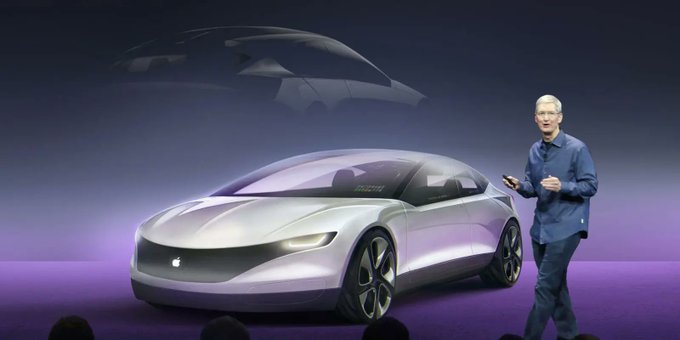
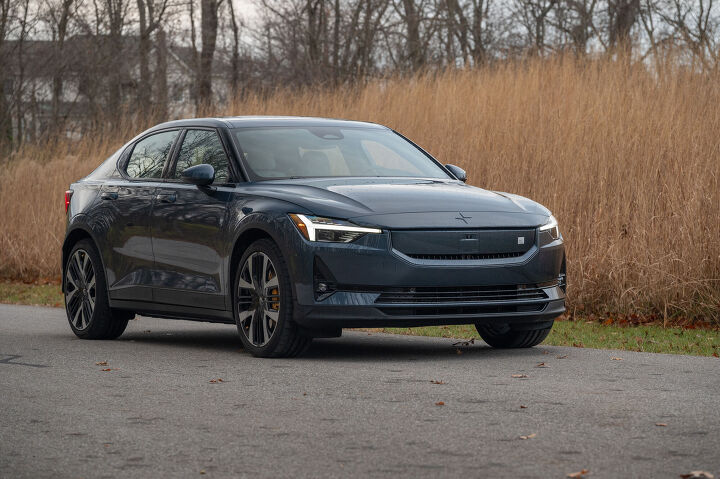
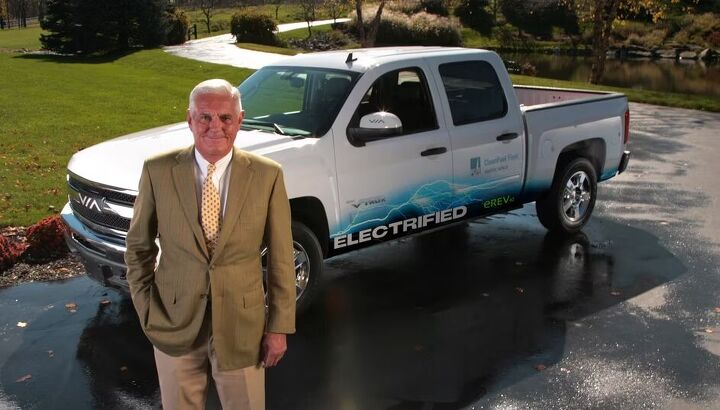


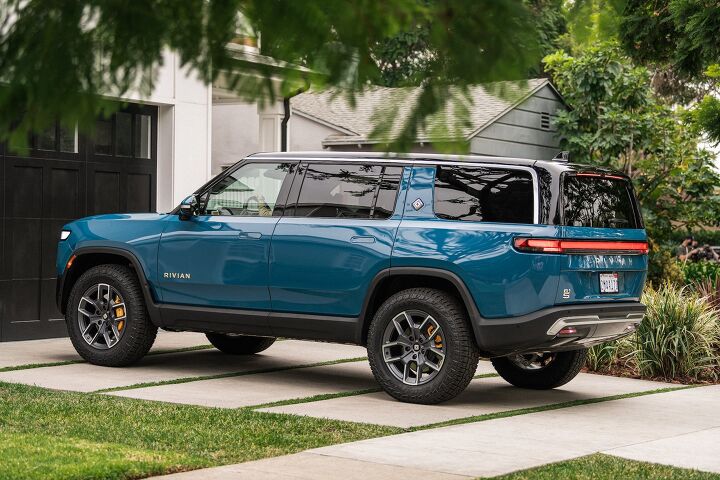





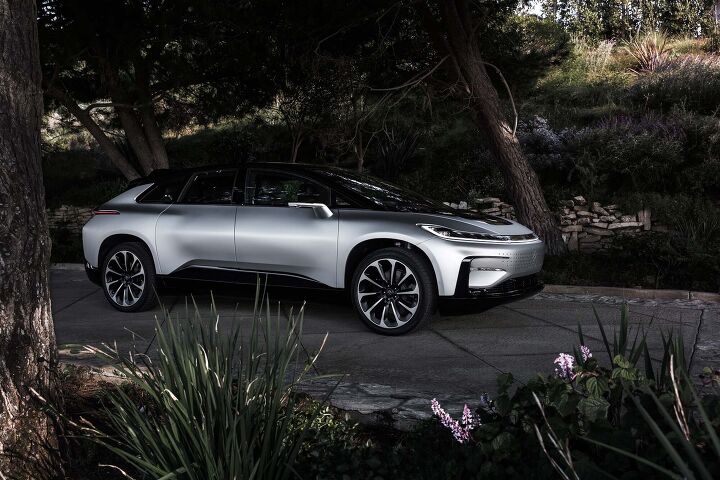

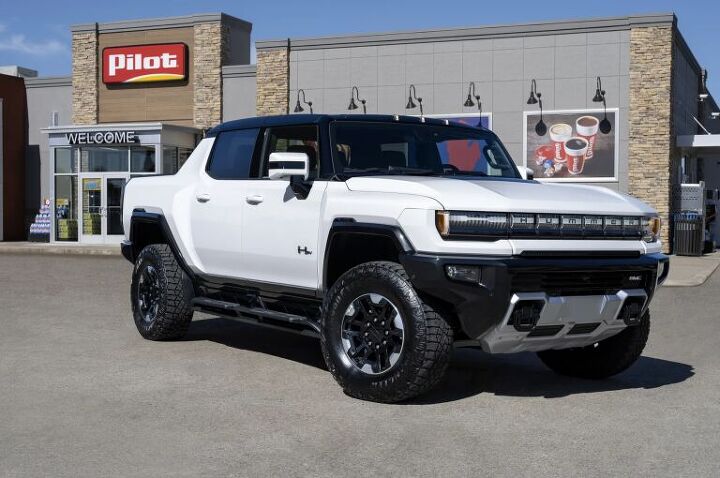













Recent Comments